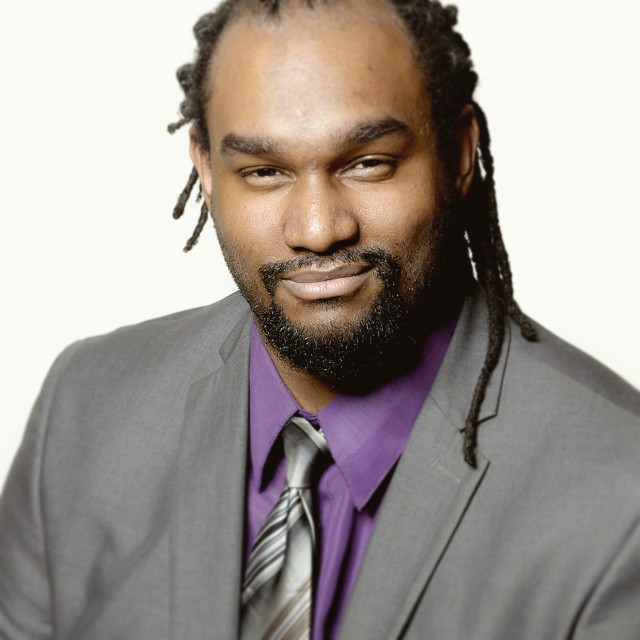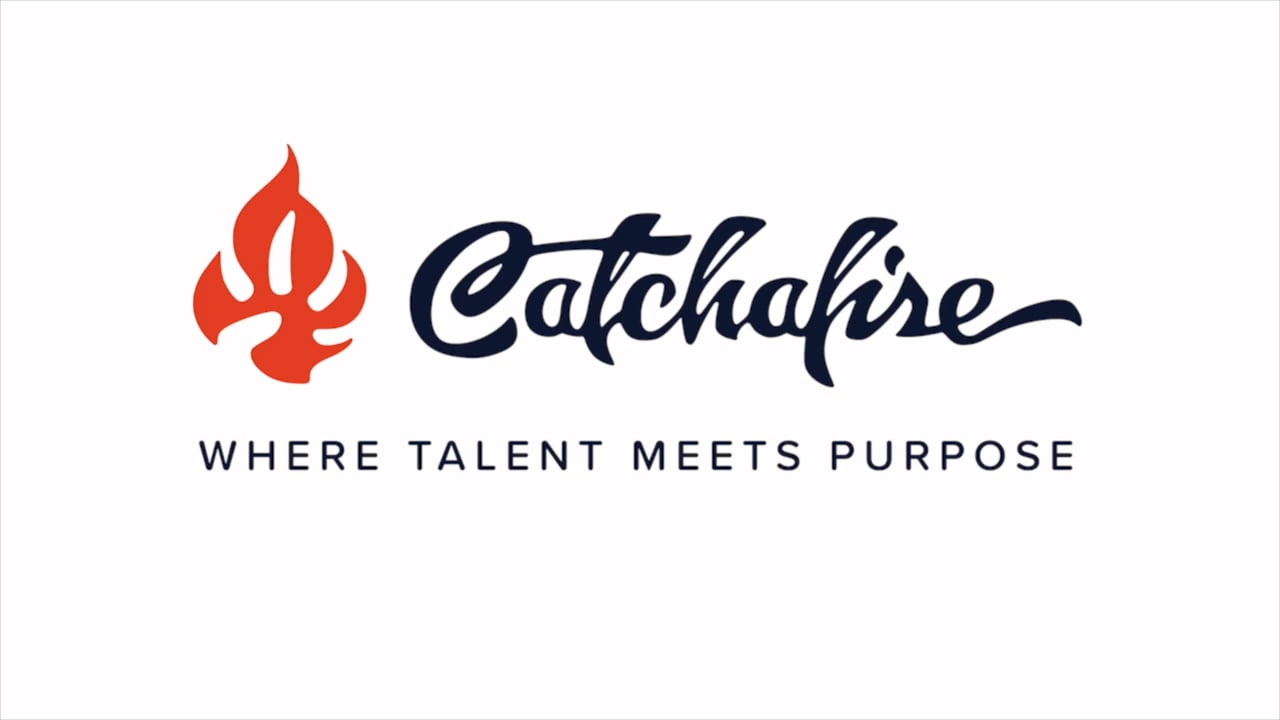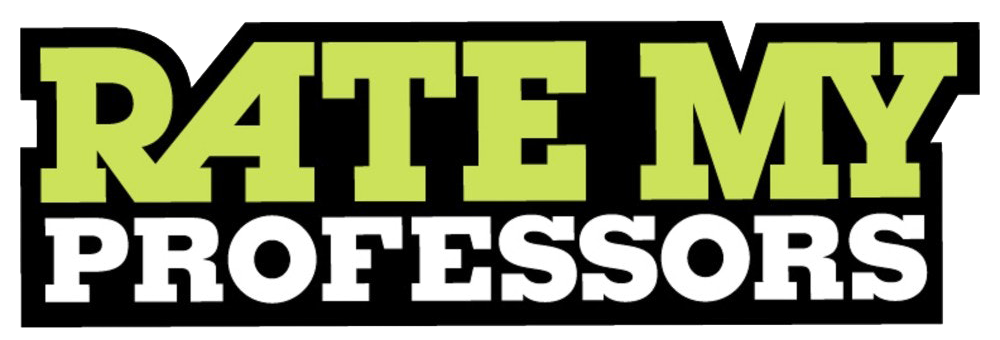
I have a personal passion for the environment and issues facing humanity. My first “job” was working for a nonprofit organization that addressed the environmental impact the city had and still has on its surrounding environmental ie Storm Water Run-off. Even though I have moved away from non-profit work and into the classroom. I still do my part in support of environmental and humanitarian non-profits around the world through my Donation By Design Platform with the help a sites like Catch A Fire. Be inspired by my impact and enacts yours.
Designer + Photographer + Educator
Alex McSwain is a seasoned educator at Howard University in Washington D.C., where he has established a reputation for his student-focused approach and dedication to promoting success in achieving life goals.
Alex McSwain holds a BFA in Communication Design and an MFA in Environmental Design from Howard University. He has extensive experience in the non-profit sector, having worked with organizations such as Shaw-Eco Village, the DOEE (formerly DDOE), and the Men Can Stop Rape (MCSR) organization. In recognition of his contributions, he was invited to join the executive board of MCSR in 2015, where he remains an active member.
In addition to his academic pursuits, Professor McSwain has spent the last decade working as a freelance designer. Throughout his career, he has worked with a diverse range of clients, including Cushman and Wakefield and start-up magazine companies, and has developed a broad portfolio that encompasses various design disciplines such as UX design, web design, publication and marketing materials, brand development, packaging, 2D animation, and apparel design.
Alex McSwain is currently dedicated to volunteering his design expertise to non-profit organizations across the country through his initiative, Donation By Design. This effort allows him to reconnect with his non-profit roots and utilize his skills to improve the lives of others.
As an architect apprentice, Professor McSwain developed a design aesthetic that emphasizes clean lines, geometric symmetry, and a sense of harmony. He is a versatile educator, having taught across three different program concentrations within the Department of Art at Howard University due to his diverse skillset and mindset of being a “jack of all trades.” He currently instructs in the electronic studio, graphic design, and photography concentrations, offering courses such as Digital Design, Multimedia, Digital Darkroom, Studio Problems in Design, 2D Animation, and the General Motors Sponsored PACE Program. In the past, he has also taught courses such as Portfolio Production, Introduction to Digital Design, Design for Advertising, and Typography.
TEACHING PEDAGOGY
As an art + design educator, I believe in teaching students a diverse set of skills that will prepare them for the rapidly evolving and competitive design industry. In today’s post-recession era, employers are seeking individuals who are versatile and have a range of skills centered around a core focus. Technology has made art and design more accessible and competitive, creating a greater need for individuals with diverse skill sets.
When preparing students for careers in graphic design, web design, multimedia, or photography, I emphasize the importance of having a working knowledge of all relevant skills. This includes, but is not limited to, typography, illustration, photography, photo editing, copy editing, marketing, and the print process. My teaching philosophy is centered around a core theme and set of skills, while also encouraging the practical application of all skills learned.
In my classes, I use interactive tutorials rather than traditional lectures to explain concepts and keep students actively engaged in the learning process. I also stress the importance of project workflow, craftsmanship, and meeting requirements.
While online platforms such as YouTube, Linda.com, and Treehouse offer a wealth of information for students, I believe that in-person interaction and personal support are essential to a student’s success. To this end, I offer office hours and one-on-one support to ensure that all students have the opportunity to receive the help they need.
Finally, I believe that creativity cannot be taught, but rather it can be enhanced by opening up a student’s perspective and showing them what is possible. I encourage self-learning and problem-solving skills, as well as stress the importance of the skills learned and the execution of projects, rather than grades. The goal is to produce a well-rounded, diversely skilled designer who can remain competitive in the industry and push the boundaries of creative innovation.


